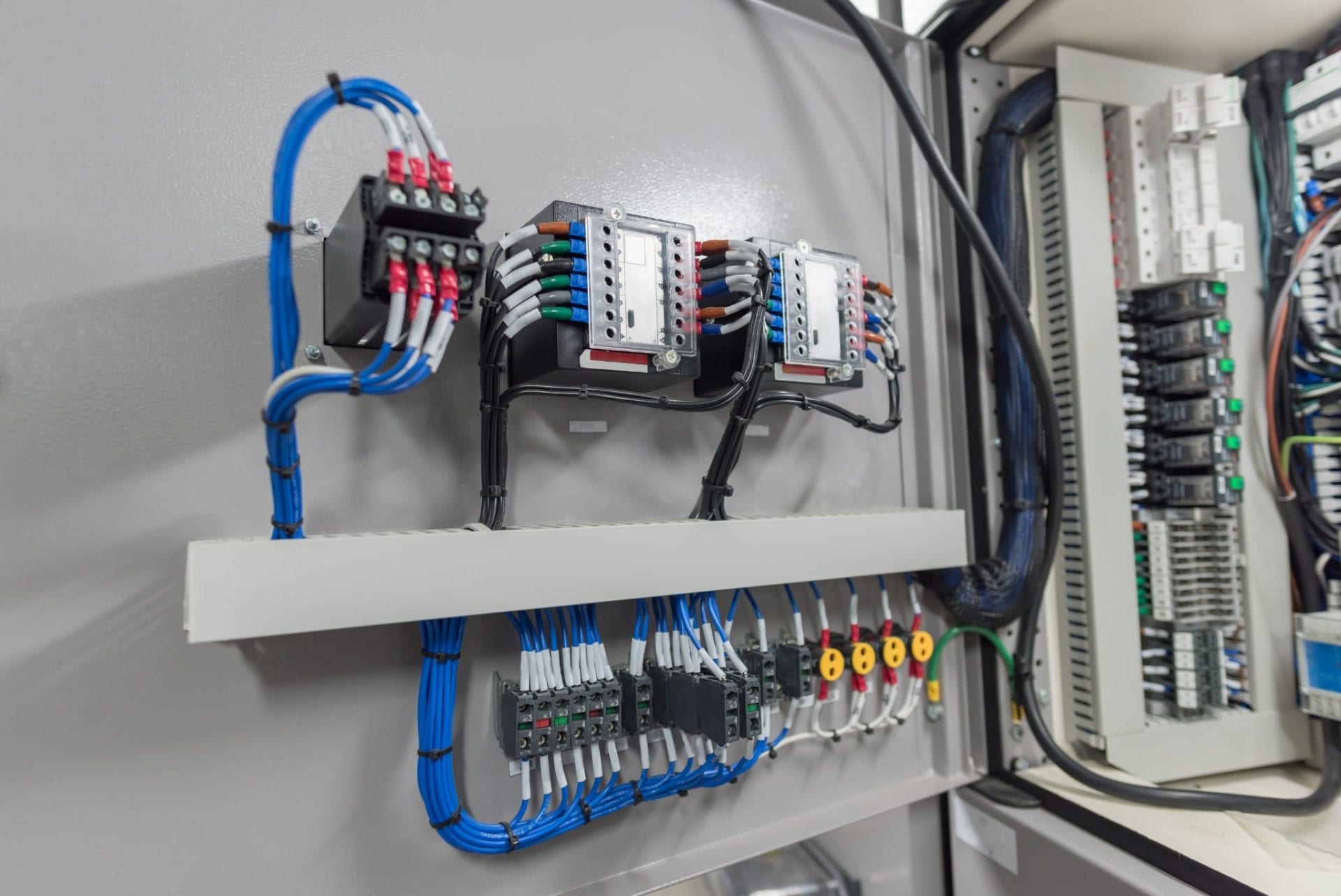How to Get Started with Electrical Wiring: A Beginner's Guide

The electrical wiring is an essential component of any home and understanding it is important for every homeowner. Not only does it help in ensuring the proper functioning of your home but it’s also essential for your security. In this article, we will go over the fundamentals of electrical wiring and the importance of safety as well as the benefits of hiring an authorized residential electrician for all your electrical wiring requirements.
Understanding the basics of electrical wiring
The electrical wiring refers to the system of electrical conductors that runs through your house, delivering electricity to your appliances, devices, and lighting fixtures. It works by forming electrical circuits that connect your power source to your devices. Electrical circuits consist of switches, wires, along with other electronic components, which work to form a secure and efficient electrical system. There are different types of electrical wiring, including copper, aluminum, and types of wire insulation like PVC, rubber, or paper.
Planning and Preparation for Electrical Wiring
When installing an electrical wire, you must consider many aspects to take into consideration, such as the kind of wiring you’ll need, the size of your electrical system and the power requirements you require. Additionally, it is important to be aware of electrical wiring regulations and permits required in your area. In order to prepare your electrical wiring system, create an electrical plan and assess your electrical requirements. This will help make sure that the electrical wiring is safe, efficient, and meets the power requirements of your home.
Materials and Tools Needed for Electrical Wiring
When installing new electrical wiring, it is essential to have the proper equipment and materials on hand. The most important tools are strippers, wire cutters, pliers, and the voltage tester. Other components required to conduct electrical wiring comprise electrical tapes, wire nuts, conduit and electrical boxes. It’s also useful to be equipped with a wiring diagram to help you with the process of installing.
Step-by-Step Instructions for Electric Wiring Installation
Installation of electrical wiring can be complicated However, with the proper equipment and the right knowledge, it can be done safely and efficiently. This is a step-by-step guide for installing new electrical wiring in your home:
Turn off the power to the area in which you’ll be working.
Design the wiring layout and mark the location where the wiring will be installed.
Install electrical boxes and conduit when needed.
Cut and strip the wires until the proper length.
Connect the wires to the devices or fixtures that you’re wiring.
Make sure the wires are secured with the wire nuts or electrical tape or conduit straps.
Check the wiring to make sure it is functioning properly.
During the installation process It is crucial to follow wiring installation best practices and tips. Be conscious of common mistakes you need to avoid when installing electrical wiring such as overloading circuits, using damaged wires, and using the incorrect kind of wire.
Troubleshooting Electrical Wiring Issues
Even with careful design in the installation and design, wiring problems can develop. Common issues include wiring problems, overloads in circuits and electrical shorts. To troubleshoot these problems it is crucial to know about common electrical wiring problems and understand how to effectively and safely solve them. In addition, it is essential to adhere to electrical safety guidelines when troubleshooting electrical wiring issues like shutting off the power and wearing protective gear.
Conclusion
Understanding the electrical wiring in your home is vital to your safety as well as the effective operation that your electric system provides. It is crucial to engage a licensed electrician to ensure your wiring is set up and maintained properly. We at Local Electrician Ringwood, we provide a range of electrical services that include wiring installation and repair. Reach out to Local Electrician Ringwood at 1300 933 820 to discuss all your electrical wiring needs.
Electrical Wiring FAQ
Here are some commonly asked questions about electrical wiring, as well as extra safety advice and the best methods for electrical wiring installation and repair:
What type of wire should I use to wire my electrical circuit?
The kind of wire you should use for your electrical wiring depends on the specific requirements of your home and local building codes. It is important to use the appropriate gauge of wire, insulation type, and wire materials to ensure the security and effectiveness that your electric system is running at its best.
Do I have the ability to put in my own electrical wiring?
While it is feasible to install the wiring yourself, it is important to have the right expertise and experience to do so in a safe and efficient manner. In most cases, it is recommended to hire a licensed electrician to ensure that your wiring is properly installed and maintained correctly.
How often do I need to have my electrical wiring inspected?
It is recommended to inspect your electrical wiring every 10 years or whenever you observe indications of electrical issues for example, frequent circuit breaker trips or electric shocks.
What should I do if notice electrical wiring problems in my house?
If you notice any electrical wiring issues in your home, such as flickering lights or outlets that don’t work, it’s crucial to fix them right away. Shut off power to the area affected and call a licensed electrician to determine and fix the issue.
By following these suggestions and the best methods, you can be sure that your electrical wiring is safe and operating properly. Make sure you are taking safety into consideration and consult with a licensed electrician in the event of a need. Call Local Electrician Ringwood at 1300 933 820 for all electrical wiring issues.
